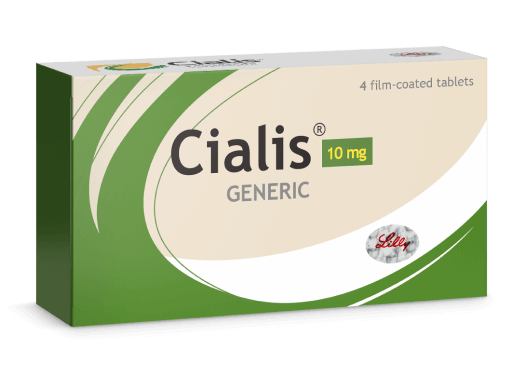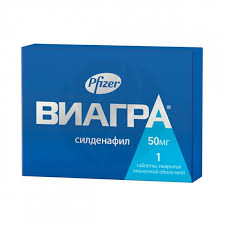

Tretinoin Gel: A Comprehensive Guide
Tretinoin Gel is a topical medication widely recognized for its efficacy in treating acne and various skin disorders. It is a derivative of vitamin A (retinoid) and works by increasing cell turnover and promoting the shedding of dead skin cells. This treatment is not only beneficial for acne-prone skin but can also improve skin texture and reduce the appearance of fine lines and wrinkles. Those seeking an effective solution for their skin concerns might consider Tretinoin Gel, which can be conveniently purchased Tretinoin Gel https://lekarnaskupaj.si/kupi-tretinoin-gel-online-brez-recepta/.
What is Tretinoin Gel?
Tretinoin Gel is primarily used in the treatment of acne vulgaris. It works by unclogging pores, reducing inflammation, and promoting the renewal of skin cells. Tretinoin enhances the effectiveness of other topical treatments and can lead to significant improvements in skin condition over time. It is important to note that while Tretinoin Gel can help improve skin appearance, it may take several weeks to see noticeable results.
How Does Tretinoin Gel Work?
The mechanism of action involves penetrating the skin to affect cellular growth and differentiation. By accelerating the turnover of skin cells, Tretinoin helps prevent pores from becoming clogged with excess sebum and dead skin cells, which are the primary contributors to acne formation. Moreover, this process stimulates collagen production, leading to improved skin elasticity and texture.


Benefits of Using Tretinoin Gel
The benefits of using Tretinoin Gel extend beyond just acne treatment. Some of the other benefits include:
- Reduces Fine Lines and Wrinkles: Tretinoin stimulates collagen synthesis, which can diminish the appearance of fine lines and aging skin.
- Improves Skin Tone: Regular use can lead to a more even skin tone and texture by fading hyperpigmentation.
- Prevents Future Breakouts: By keeping pores clear, Tretinoin helps prevent new lesions from forming.
- Treats Sun Damage: It can also address sun-damaged skin by promoting cell turnover and improving overall skin appearance.
How to Use Tretinoin Gel
To achieve optimal results with Tretinoin Gel, it’s essential to use it correctly. Here’s a step-by-step guide:
- Cleanse Your Skin: Begin by washing your face with a gentle cleanser and patting it dry.
- Apply a Pea-sized Amount: Use a small amount (about a pea-sized portion) and apply it to the affected areas of your skin. Avoid sensitive areas such as the eyes and mouth.
- Use Once Daily: Typically, Tretinoin Gel is best used at night. This helps to minimize potential side effects like irritation and photosensitivity.
- Follow with Moisturizer: Applying a moisturizer afterward can help alleviate dryness and flaking.
Possible Side Effects


While Tretinoin Gel is generally safe, some users may experience side effects, especially during the initial adjustment period. Common side effects include:
- Skin irritation
- Redness
- Dryness
- Peeling
It’s advisable to consult with a dermatologist if side effects persist or worsen. In some cases, adjusting the frequency of application or combining with moisturizers may help alleviate these issues.
Who Should Use Tretinoin Gel?
Tretinoin Gel is suitable for individuals with mild to moderate acne and those wishing to improve the signs of aging on their skin. However, it is not recommended for pregnant or breastfeeding women due to potential risks to the fetus or infant. Always consult with a healthcare professional to determine if Tretinoin is right for you.
Conclusion
Tretinoin Gel is a versatile and effective treatment for acne and skin aging. Its ability to promote cell turnover and enhance skin quality makes it a valuable addition to many skincare routines. By understanding its benefits, proper application methods, and potential side effects, users can maximize the advantages of this powerful topical treatment. If you are interested in incorporating Tretinoin Gel into your skincare regimen, ensure you consult with a dermatologist to tailor the treatment to your specific needs.

